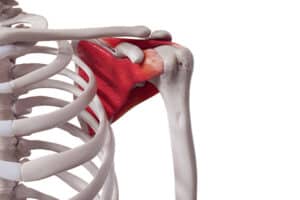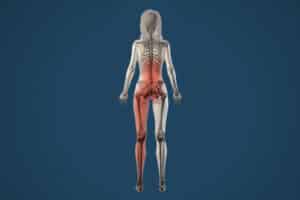Vehicle Headrest

I’m sure that you drive around in your car or truck all the time, but just how comfortable is the headrest? And what about the headrests for your passengers? Comfort is important but there are also other reasons why you need to have a properly adjusted headrest.
Once you get into your vehicle, take a look at the headrests. Sit in the driver’s seat, and see how that feels. Here are some tips about how to properly adjust your headrests:
- The headrest should be at the same height as your head
- If you are tall, move the headrest up
- The distance from your head to the headrest, should be less than four inches
- You do not have to drive with the headset touching your head (unless that is comfortable)
- Check the angle of your seat; adjusting this angle may help you adjust the headrest
- Make sure to check and adjust the seats in the back as well, if adjustable
Why Make Adjustments?
There are some good reasons to make adjustments to your vehicle seats and headrests. The headrests are not just in place for comfort, but are actually a safety feature in your vehicle. Understanding the adjustments and the reasons behind them can reduce your chance of injury in a car accident.
Features in all vehicles are designed for an average size and weight, so some adjustments will always be needed for drivers and passengers. Basically, if you are hit by another vehicle from behind, your body will be pushed forward. The seat is designed to keep your body and head moving together, but if your head suddenly snaps back – that is commonly known as the injury, whiplash.
If you adjust the headrests, they can help in cases of where whiplash could possibly happen. You do not have to be in a high-speed collision to have whiplash occur – some the testing has been at speeds of 32 km/hr.
Some statistics about Injuries
In Canada, a study sponsored by the Insurance Bureau of Canada (IBC) found that only 14% of Canadian drivers had their headrests adjusted to the “good” position. In the United States, car insurers report that neck strain and neck injuries are the most common claims they have. Here is some more information about making adjustments:
- About 75% of headrests are adjustable
- The IBC says soft tissue injuries are largely preventable
- If Canadians adjust headrests, neck injuries could be reduced by about 40%
- It’s more comfortable to drive with adjusted seats and headrests
- If neck injuries are reduced, it reduces overall suffering and pain
- This can lower overall insurance premiums (with less neck injuries during accidents)
- Rear-end collisions make up about 80% of soft tissue injuries in accidents
Take a look at your vehicles, all the seats in your vehicles. Get yourself and your passengers in the seats, and take a look at where your head is, and where the headrests are positioned. This may help you in a future rear-end collision, or whenever your head is moved suddenly while driving.
References
Cars.com, by Jennifer Geiger. How to Properly Adjust Your Head Restraint. March 5, 2014. https://www.cars.com/articles/2014/03/how-to-properly-adjust-your-head-restraint/
Canada Safety Council. Properly Adjusted Headrests Prevent Injuries. [n.d.] https://canadasafetycouncil.org/traffic-safety/properly-adjusted-headrests-prevent-injuries
Consumer Reports. How to save your neck in a rear-end crash. April 2014. https://www.consumerreports.org/cro/2012/12/how-to-save-your-neck-in-a-rear-end-crash/index.htm
The Globe and Mail, by Joanne Will. How should my car head rest be positioned? March 26, 2017. https://www.theglobeandmail.com/globe-drive/culture/commuting/how-should-my-car-head-rest-be-positioned/article9664615/







